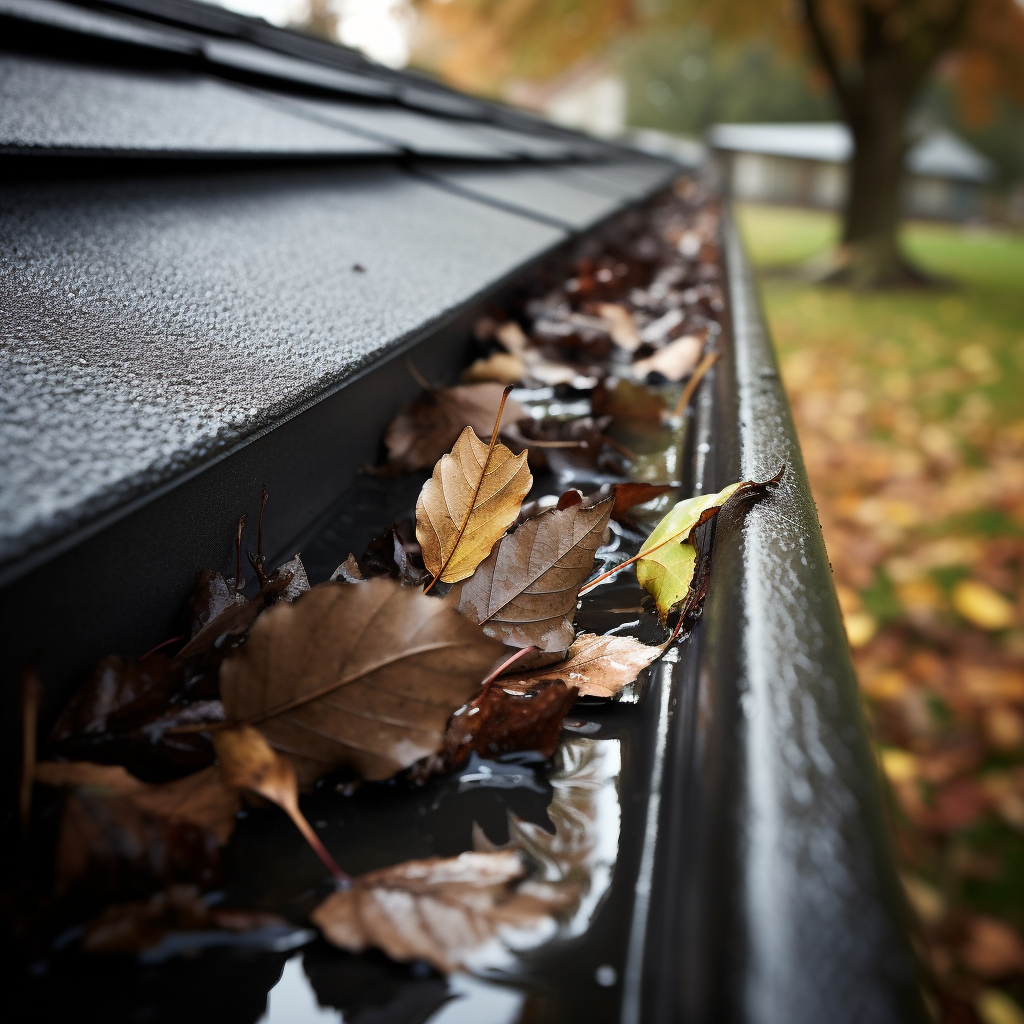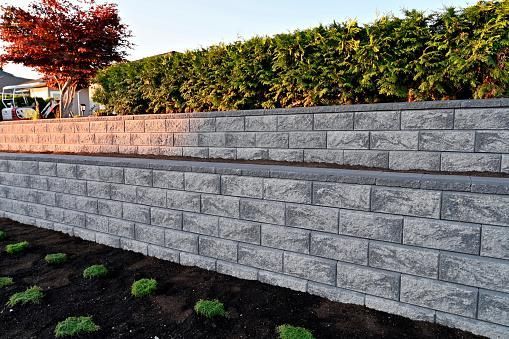The right fertilizer for your lawn
To maintain a beautiful and healthy lawn, you must do more than just mow and water. It doesn’t matter if your turfgrass is currently healthy and lush green or if it is in need of some serious help.
Experts agree that when it comes to Spring lawn care and maintenance, applying fertilizer is the most helpful and productive step you can take in the next few weeks!
Lawns need regular fertilizing to maintain a vigorous bright green appearance, remain healthy, and resist insects, weeds, and diseases. It is a turf builder! However, not just any fertilizer applied at any old time will do. Lawn care companies in Cameron, NC can provide slow-release fertilizer services that contain the right balance of nutrients applied in the right quantities at the right time of year.
Done improperly, fertilizing can burn the lawn and/or make worse, some of the pest problems you were trying to solve.
When to fertilize in Cameron, NC
Lawn care companies advise that “weed and feed” depend on the type of grass you have and the area where you live.
Fertilizing should always coincide with the natural growth cycles of the type of grass you grow.
For cool-season grasses, such as Kentucky Bluegrass, Fescue, Bent-grass, and Ryegrasses the most important time to fertilize is in the Fall and Spring, just before their vigorous growth periods. In cold winter regions, don’t fertilize until the grass begins “greening-up” in Spring — this means it’s beginning to grow. You’ll also want to avoid fertilizing cool-season grasses in the heat of Summer, as a Summer feeding can weaken the turf and promote disease.
For warm-season grasses, such as Bermuda, St. Augustine, Centipede, Zoysia, Bahia, and Carpetgrass, the most important time to feed is from Spring through Summer. In some southernmost areas with longer growing seasons, Fall is also acceptable. Wait to fertilize warm-season lawns until the Spring, after the second mowing. This will ensure it’s actively growing. In Fall, make sure to fertilize at least six weeks prior to the average date of the first frost. Fertilizing too early or too late can weaken the turf and lessen hardiness.
Lawn grasses need both macronutrients and micronutrients for healthy growth, although not all are commonly found in lawn fertilizers. Some nutrients are already present in the soil in sufficient amounts for healthy growth. That’s why it’s important to consult a lawn care service company.
Macronutrients
The elements of Nitrogen, Phosphorus, and Potassium are needed in larger quantities than micronutrients.
Nitrogen (N) is the most important element in lawn fertilizers and is needed by lawn grasses in much higher amounts than any other nutrient. Nitrogen promotes healthy, green growth and vigorous, dense turf. Without it, your lawn will turn yellow, thin out, and be invaded by weeds.
Nitrogen fertilizers come in two basic forms – fast-release and slow-release. Most lawn fertilizers include a mix of fast-release and slow-release forms to provide quick green-up and sustained growth.
Fast-release Nitrogen (often referred to as water-soluble nitrogen or WSN) such as urea and ammonium sulfate, is readily available and absorbed quickly by the grass, resulting in fast green-up. Unfortunately, it can also burn your lawn if applied improperly, and can leach through the lawns root zone or run off the lawn in heavy rain, causing pollution.
Slow-release nitrogen (often referred to as WIN or water-insoluble nitrogen), such as sulfur-coated urea, methylene urea, and animal manures, are released more slowly to the grass and provide more sustained, even growth – up to 3 months for methylene urea.
Micronutrients
These are needed in much smaller amounts than macronutrients but can be very important in certain soil types. Here are important micronutrients that can be a benefit in lawn fertilizers
Iron (Fe) is important for chlorophyll formation, photosynthesis, and nitrogen metabolism. It helps provide the deep green color to the turf. Deficiencies may show as chlorosis (yellowing) of the leaves.
Manganese (Mn) promotes root elongation and lateral root formation. Manganese-deficient lawns have reduced rates of photosynthesis, reduced root and shoot growth rate, and a higher incidence of disease outbreaks.
Zinc (Zn) is responsible for enzyme activation, chlorophyll formation, growth hormone regulation, cell growth, and seed formation. Warm-season grasses depend on the activity of a zinc-containing enzyme to grow well under high temperatures.
At Green Garden Landscaping we have the best fertilization packages to suit the specific needs of your lawn. Step by step we will improve the health and appearance of your grass with a complete year-round service that matches grass type, season, and the best products.









